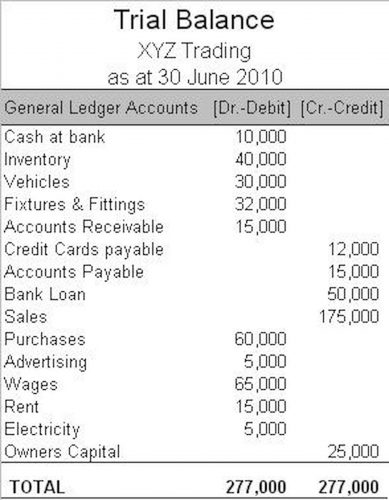Income Summary Account and Closing Process

Pew Research Center has conducted many surveys about abortion over the years, providing a lens into Americans’ views on whether the procedure should be legal, among a host of other questions. Losses include money lost through activities outside of transactions for your primary goods or services. Gross profit is what’s left of your revenue after deducting the cost of goods sold (COGS)—the direct costs related to producing goods or providing services. Once you’re done, change the Balance Sheet report date to the first day of the new fiscal year. The net income should be assigned to the Retained Earnings account, and you’ll see it holding the value. To check this, you’ll have to compare the Profit and Loss and Balance Sheet reports.

The Income Summary will be closed with a credit for that amount and a debit to Retained Earnings or the owner’s capital account. Next, if the Income Summary has a credit balance, the amount is the company’s net income. The Income Summary will be closed with a debit for that amount and a credit to Retained Earnings or the owner’s capital account.
Process Costing System: Definition, Types, and Examples
Using software allows you to automatically track and organize your business’s accounting data so you can access and review income statements. The elements of an income statement include revenues, gains, gross profit, expenses, losses, and net income or loss. By generating income statements and other financial reports on a regular basis, you can analyze the statements over time to see whether your business is turning a profit. You can use this information to make financial projections and more informed decisions about your business. When dividends are declared by corporations, they are usually recorded by debiting Dividends Payable and crediting Retained Earnings. Note that by doing this, it is already deducted from Retained Earnings (a capital account), hence will not require a closing entry.
- The company can make the income summary journal entry by debiting the income summary account and crediting the retained earnings if the company makes a net income.
- Whenever such a thing happens, the accounts in the income statement are debited, and accounts in the income summary are credited.
- In many computerized accounting systems, this process is performed automatically, and the income summary account is not visible to users.
- Larger businesses typically run quarterly reporting, while small businesses may benefit from monthly reporting to better track business trends.
This ensures that stakeholders have access to accurate and relevant information when assessing the company’s financial health and making informed decisions. In essence, the income summary acts as a temporary holding account that simplifies the closing process, allowing for a clear and organized transition between accounting periods. It plays a pivotal role in ensuring accurate financial reporting and maintaining a transparent record of a company’s financial performance over time. If the balance on the final account is a loss (debit balance), companies have to credit the lost amount to the retained earnings. However, each temporary account can be reset thanks to closing entries and begin the next accounting period with a zero balance. Similarly, balances in all expense accounts are transferred to the income summary account by crediting the individual accounts by their closing balance and debiting the corresponding balance to the income summary account.
Closing Entries
This involves debiting the revenue accounts to reset them with zero balance and crediting the final temporary account. We also do this by transferring the debit to the income summary by crediting the costs account and debiting the income summary account. Following the completion of this entry, the balance of all expense accounts will be zero. The balance in the income summary account serves as a direct representation of the net income or net loss for the accounting period.

An income statement is a list of all revenue and expense accounts classified according to the type of revenue and expense. The income summary account is then canceled out and its balance is transferred to the retained earnings (for corporations) or capital accounts (for partnerships). The income summary account has a zero https://www.bookstime.com/ balance for the rest of the year. Once the temporary accounts are closed to the income summary account, the balances are held there until final closing entries are made. Once all the temporary accounts are closed, the balance in the income summary account should be equal to the net income of the company for the year.
What is Income Summary?
It helps in maintaining the overall audit trail of revenues earned by the business and the expenses incurred by the business. The business and auditors can always go back to such statements to determine and investigate any amounts they think are doubtful or just want to cross verify for investigation purposes. The income summary account is neither an asset income summary account nor a liability; it is a temporary equity account used in the closing process of accounting. The income summary account is employed to transfer the balances of revenue and expense accounts at the end of an accounting period. Once these transfers are complete, the balance remaining in the income summary represents the financial outcome of the period.
Ultimately, the transfer of the balance from the income summary account to the retained earnings account ensures that the company’s financial statements accurately depict its profitability over time. Retained earnings serve as an important indicator of the company’s financial health and its ability to generate profits, making this transfer a critical step in the financial reporting process. Secondly, a similar process is applied to expense accounts, where their balances are closed by transferring them to the income summary account. This entails crediting each expense account and debiting the income summary account with an equivalent amount, effectively zeroing out the expense balances for the period. By temporarily housing all revenue and expense balances in one account, the income summary account simplifies the closing process, making it more efficient for accountants and financial analysts.